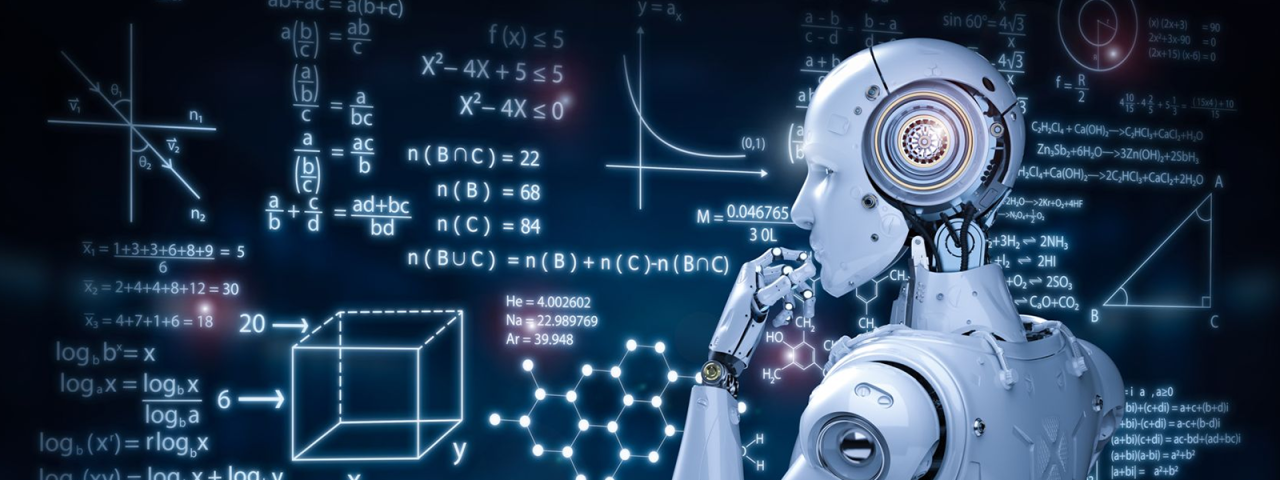Introduction
As artificial intelligence continues to shape the way content is created, verifying authenticity has become a pressing need. While human judgment has always been trusted, an ai detector introduces a more objective and data-driven approach. The question remains: is an AI Detector more accurate than human intuition, or should both be used together? Exploring this comparison highlights the strengths and weaknesses of each method.
What is an AI Detector?
An AI Detector is a tool that analyzes text to determine whether it is human-written or generated by artificial intelligence. By scanning sentence structure, word predictability, and tone, an AI Detector can provide quick results that help users validate content authenticity. Unlike human judgment, an AI Detector applies algorithms rather than subjective interpretation.
Strengths of Human Judgment
Human readers bring creativity, intuition, and contextual understanding to content evaluation.
Nuance Recognition
Humans can recognize emotion, cultural references, and creative expressions that an AI Detector may overlook.
Real-World Context
While an AI Detector focuses on technical markers, humans assess whether the content feels authentic in real-world scenarios.
Limitations
Despite these strengths, human reviewers may miss subtle signs of AI writing, especially when advanced models mimic natural language patterns.
Strengths of an AI Detector
An AI Detector provides unique advantages over human-only evaluation.
Objectivity
The AI Detector relies on algorithms, ensuring that analysis is consistent and free of personal bias.
Speed
Within seconds, an AI Detector scans large amounts of text, something humans cannot do efficiently.
Accuracy
The AI Detector detects repetitive phrasing, unnatural flow, and statistical predictability that humans often miss.
AI Detector vs Human Judgment in Practice
When comparing the two, neither human judgment nor an AI Detector is flawless.
- Humans excel at emotional and contextual recognition.
- An AI Detector excels at identifying machine-like patterns.
The most accurate results often come from combining both—human judgment ensures contextual depth, while an AI Detector confirms technical authenticity.
Why Accuracy Matters
Accuracy is critical in education, journalism, and business. A student using only human review may unknowingly submit AI-like work. A journalist may overlook subtle AI cues without an AI Detector. Businesses risk credibility if AI-generated text slips into professional reports. The balance of human judgment and an AI Detector ensures reliability.
How AI Detectors Are Improving
Modern AI Detector tools are evolving with advanced algorithms capable of spotting even subtle AI writing styles. As AI models become stronger, an AI Detector must continually adapt. This makes them increasingly valuable in detecting text that appears nearly indistinguishable from human writing.
The Ideal Approach
The best strategy is not choosing between human judgment and an AI Detector, but combining them. Humans provide creative insight, while the AI Detector ensures technical verification. Together, they create a robust process for detecting AI-generated content.
Conclusion
When comparing human judgment to an AI Detector, both methods have unique strengths. Humans excel at interpreting context and creativity, while an AI Detector offers speed, objectivity, and accuracy. For the highest reliability, combining human review with an AI Detector is the best approach. As artificial intelligence advances, relying solely on one method is risky—leveraging both ensures content authenticity and credibility across all fields.



